In Palestinian confectionery halls, cocoa butter is often the ideal fat—giving shine, snap, and a melt-in-the-mouth finish. Yet its cost volatility, import constraints, and occasional supply disruption force many local manufacturers to explore cocoa butter substitutes. The right substitute can safeguard production continuity, reduce costs, or adapt to regulatory constraints—provided it’s chosen wisely.
This isn’t about compromising quality—it’s about engineering smart shifts. In our work with factories across Palestine, MT Royal has aided clients in screening, testing, and deploying substitute fats without compromising texture or brand promise. Some clients even blend premium supplies like Latamarko with substitutes to fine-tune performance.
In this article, we’ll define key terms, examine viable substitute classes, analyze trade-offs, walk you through implementation steps, highlight pitfalls, and offer real-world guidance tailored to the Palestinian climate, market, and production realities.
Fundamentals: Why Cocoa Butter Matters, and What a “Substitute” Must Achieve
Before diving into alternatives, it’s essential to revisit why cocoa butter is so special—and thus what any substitute must replicate (or approximate).
What Makes Cocoa Butter Unique?
- Melting Profile & Polymorphism: Cocoa butter has multiple crystalline forms; the desirable form V solidifies at ~33–35 °C, giving the familiar snap and mouthfeel.
- Neutral Aroma: While retaining subtle cocoa aroma, cocoa butter doesn’t strongly flavor the product—giving flexibility in recipe design.
- Structural Role: It is the continuous fat matrix in chocolate; substitutes must integrate well with cocoa solids and other fats.
- Stability & Fat Bloom Resistance: When properly tempered, cocoa butter has good resistance to fat migration and surface bloom.
A substitute must replicate, or at least approximate, those functions well enough that your customers do not notice—or reject—the difference.
Classes of Cocoa Butter Substitutes (CBS / CBE)
In industry, the term “cocoa butter substitute (CBS)” or “cocoa butter equivalent (CBE)” is used for fats engineered to imitate cocoa butter behavior. Acceptable substitutes, depending on regulation, may include:
- Palm kernel oil derivatives (interesterified blends)
- Shea butter or shea-derived equivalents
- Coconut fat / coconut oil / coconut butter
- Mango kernel, kokum, or other tropical butters
- Vegetable fat blends (e.g. palm/palm kernel blends, fractionated oils)
- Emulsifiers or flow improvers (e.g. PGPR) to reduce required fat load
Some substitutes can partially replace cocoa butter in couverture chocolate; others are better in fillings, coatings, or compound-chocolate style products. The European chocolate directive, for example, limits the use of non–cocoa fats in “chocolate” products, typically to <5 % in many markets.
In the Palestinian context, where import constraints and climate stress play a role, these substitute options become highly relevant.
Why Local Producers Consider Cocoa Butter Substitutes
Switching (or partially blending) to cocoa butter substitutes is not a cosmetic move. Here are strategic reasons local Palestinian confectioneries might adopt them:
- Cost mitigation & price volatility buffering
Cocoa butter prices swing sharply due to bean supply issues. Some substitutes, especially palm kernel fractions, are more stable in price. (For example, in 2024, Blommer introduced a substitute to respond to cocoa price spikes.) - Supply security and import flexibility
When cocoa butter shipments are delayed, having prequalified substitute fats can keep lines moving. - Functional flexibility
Some substitutes provide less need for tempering, faster solidification, or greater resistance to softening under heat—useful in hot storage zones. - Product segmentation
You may reserve pure cocoa butter in your flagship products and use substitutes in lower-margin lines or coatings. - Regulatory compliance / labeling strategies
In some markets, using substitutes within allowed limits allows cost control without overt “compound chocolate” labeling.
The decision isn’t easy—substitutes bring trade-offs. But when executed strategically, they can add resilience to your supply chain.
Viable Cocoa Butter Substitute Options: Analysis & Suitability
Let’s examine the most relevant substitute classes, their benefits, drawbacks, and suitability for Palestinian confectionery production.
1. Palm Kernel Oil–Based CBS / CBE
Overview: Many commercial cocoa butter equivalents are engineered from palm kernel oil fractions through interesterification or blending with palm oil derivatives.
Advantages:
- Similar solid fat content at room temperature
- Engineered to mimic melting point/dynamics
- Often needs less tempering or stabilizing
- Cost-effective and scalable
Drawbacks:
- Risk of fat bloom if misformulated
- Slight differences in mouthfeel or flavor unless well refined
- Environmental or sustainability concerns around palm sourcing
- Regulatory constraints (percentage allowed) in some markets
Use Cases in Palestine:
- Enrobing coatings, candy centers, compound chocolate lines
- Blended lines where full cocoa butter is impractical
- As fallback or buffer fat during supply disruptions
2. Shea Butter (and Shea-Based Equivalents)
Overview: Shea butter or shea-derived cocoa butter equivalents have been used as partial replacements in chocolate formulations.
Advantages:
- Good firmness and structural performance
- Relatively neutral flavor when refined
- Could blend with cocoa butter for custom melting profiles
Drawbacks:
- Tempering behavior is more complex
- Slight nutty or background flavor possible
- Some shea butters are less heat stable in hot climates
Suitability:
- For filling fats, soft centers, or lower-volume premium lines
- As partial blends to reduce cocoa butter usage
3. Coconut Oil / Coconut Butter
Overview: Coconut oil can serve as a “shortcut substitute” in some chocolate formulations or novelty confections.
Advantages:
- Rapid melting and creamy texture
- Easy to mix in recipes with tropical flavor synergy
- May allow simplified tempering
Drawbacks:
- Much lower melting point → softer chocolate at room temperature
- Strong coconut aroma unless refined (deodorized)
- Limited structural strength for snap or molding
Use Cases:
- Specialty chocolates with coconut or tropical flavor
- Dessert-type products, hot chocolate, drizzle coatings
4. Tropical Kernel Butters (e.g. Mango, Kokum, etc.)
Overview: Butters from mango kernel, kokum, or other tropical seeds can be fat sources with semi-solid properties. Some are closer in profile to cocoa butter.
Advantages:
- Unique fat profiles with decent stability
- Useful for niche or artisanal lines
- Sometimes local sourcing is possible
Drawbacks:
- Availability and cost may be challenging
- Unknown metabolic or stability behavior in blends
- Flavor contributions or instability risk
Suitability:
- Specialty / artisan product lines
- For blending to tweak hardness or melting point
5. Emulsifiers / Flow Modifiers (e.g. PGPR, Lecithin) to Reduce Required Cocoa Butter
Overview: While not full substitutes, emulsifiers like PGPR (Polyglycerol Polyricinoleate) reduce viscosity and allow lower cocoa butter usage.
Advantages:
- Improves flow, requiring less fat
- Maintains viscosity, reduces stress on enrobing or pouring equipment
- Generally allowed up to low percentage (e.g. ≤0.5 %)
Limitations:
- Cannot replace structural fat entirely
- Impacts on texture and mouthfeel if overused
Use in Practice:
- Combined with partial substitutes to fine-tune formulation
- Helps maintain processing ease when cocoa butter is reduced
Trade-Offs and Performance Metrics
When choosing a substitute, you must weigh multiple metrics. Here’s a summary:
| Performance Metric | Ideal Benchmark | Typical Substitution Challenges |
|---|---|---|
| Melting point / snap | ~33–35 °C (Form V) | Some substitutes melt too low or require additive stabilizers |
| Fat compatibility / blending | Homogeneous blend with cocoa fat | Phase separation or fat migration risk |
| Flavor neutral profile | Minimal off-character | Nutty or tropical aromas from shea/coconut |
| Processability | Good flow, low viscosity | Some substitutes increase viscosity or require more tempering |
| Stability under heat/humidity | Minimal fat bloom or softening | Hot climates stress weak substitutes |
| Cost-effectiveness | Balanced input costs vs waste | Overcompensation in QA or rejects offsets cost saving |
| Regulatory compliance | Ingredient labeling and legal percentages | Exceeding allowable substitute limits in chocolate labeling |
Your choice of substitute will depend on which trade-offs you are willing to accept—some lines will tolerate more deviation (e.g., coatings), while flagship chocolates demand very tight performance.
How to Implement Cocoa Butter Substitutes: Step-by-Step Guide
Here’s a path you can follow to integrate a substitute safely into your production.
Step 1: Feasibility & Specification Matching
- Obtain candidate substitute fat samples (palm-based, shea, etc.)
- Ask for full specification: melting profile, slip point, stearin/olein content, polymorphism behavior
Step 2: Pilot Trials & Comparison
- Run side-by-side production batches (control w/ cocoa butter vs substitute or blend)
- Evaluate metrics: gloss, snap, mold release, bloom, texture, sensory profile
Step 3: Adjustment & Fine-Tuning
- Adjust tempering curve (temper lower or slower)
- Use emulsifiers or PGPR to reduce viscosity if needed
- Blend partial cocoa butter to stabilize appearance or mouthfeel
Step 4: Stability Testing
- Age the products under accelerated climate conditions (heat, humidity)
- Monitor for fat bloom, softening, aroma shift, discoloration
Step 5: Scale-Up in Production
- Gradually increase substitute ratio in production lines
- Monitor reject rates, processing issues, mold release
Step 6: QC & Monitoring
- Implement tight QC on incoming substitute fat (spec checks each lot)
- Track performance metrics over time
- Keep fallback capacity if substitute variation rises
In our experience at MT Royal, many factories adopt a phased substitution approach—e.g., starting with 10–20 % CBS blend, monitoring, then progressing.
Real-World Example: Blend Strategy in a Palestinian Factory
A medium-scale chocolate factory in Hebron faced intermittent delays in cocoa butter supply. They approached MT Royal to test substitutes. After trials, they adopted:
- 70 % cocoa butter + 30 % palm kernel–based CBE blend for enrobing lines
- 100 % CBE for compound chocolate coatings
- Kept pure cocoa butter (Latamarko grade) for high-end signature tablets
They adjusted tempering curves and used 0.3 % PGPR to maintain flow. Over six months, reject rates due to bloom dropped from 4 % to 1.2 %, and the cost savings on the enrobing lines were about 8 %.
The approach gave them resilience, especially during months when cocoa butter shipments were delayed or expensive.
Pitfalls & What to Watch Out For
- Incompatibility across batches: Substitutes from different batches may vary slightly in stearin/olein ratio.
- Phase separation: Incomplete mixing or wrong temperature ramp can cause fat layering.
- Flavor tainting: Some substitutes require deodorization to avoid off-notes.
- Overreliance: Pushing substitution too far may degrade core brand chocolate.
- Regulatory limits: In certain export markets, substitutes above a threshold may force labeling as “compound chocolate.”
- Supply risk: Substitute fat supply chains (e.g. palm derivatives) may themselves be subject to environmental or market pressures.
Through robust supplier vetting (which we emphasize at MT Royal), you mitigate many of these risks.
Supplier Strategy & Brand Tiering
When sourcing substitute fats, prioritize:
- Detailed specifications and batch COAs
- Consistent supplier performance and traceability
- Refinement and deodorization quality
- Compatibility with your chocolate lines
Premium suppliers like Latamarko may also offer “clean-label” or refined blends that align closely with cocoa butter characteristics. By leveraging these alongside more commoditized substitutes, you gain flexibility and quality control—especially critical in Palestinian production where variability is risky.
Summary & Forward Outlook
Cocoa butter substitutes are not a perfect one-to-one replacement—but when carefully selected, tested, and tuned, they provide Palestinian confectionery producers with powerful tools to manage cost, supply continuity, and adaptability. Whether it’s palm-kernel–derived CBS, shea blends, coconut-fat options, or emulsifier-aided blends, each path offers trade-offs you must evaluate in light of your product goals.
By following pilot protocols, customizing temper curves, and maintaining rigorous QC, you can preserve consumer experience while gaining operational resilience. And with supplier partners like MT Royal, access to high-specification fats and premium lines such as Latamarko ensures you’re not sacrificing quality in the process.
The question you should close with—when your lines are humming through supply dips—is not “if” but “how far” you trust your substitute paths to carry your brand identity forward.
latamarko alkalized cocoa powder lm60
cocoa powder for chocolate production-Best price
Food industry raw materials – list of products
Types of Gelatin from Turkish Manufacturer
Alkalized Cocoa Powder Bulk Supplier


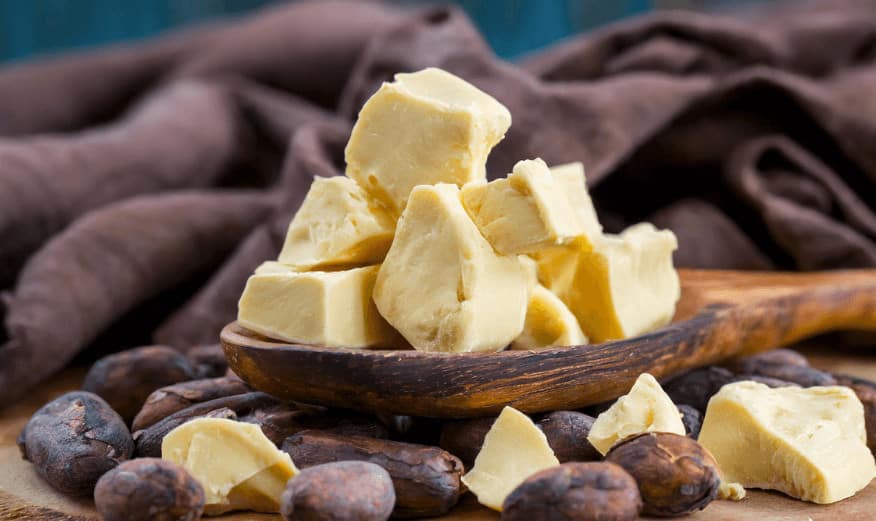
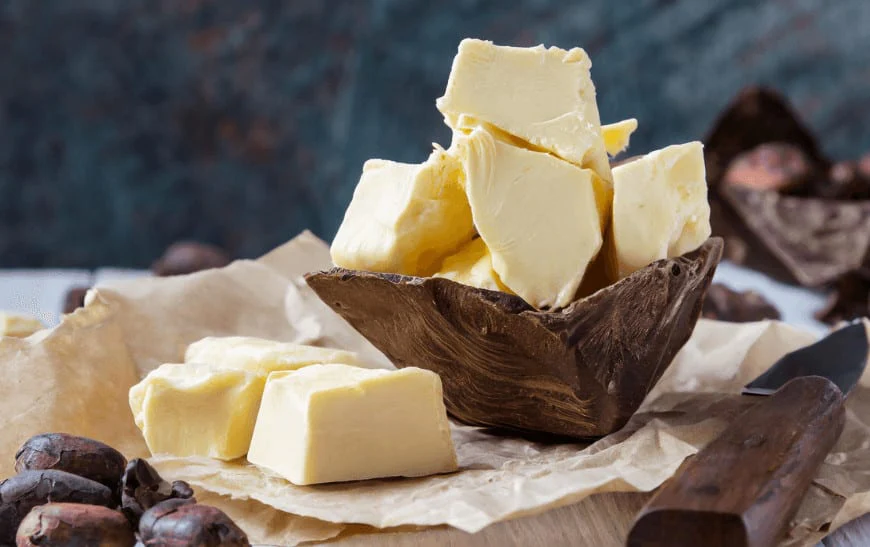
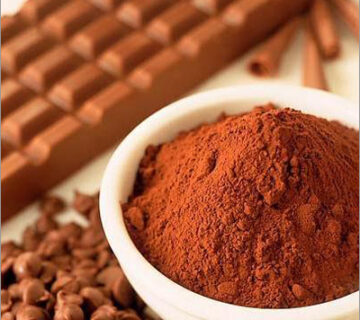
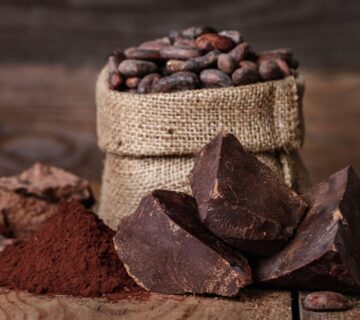
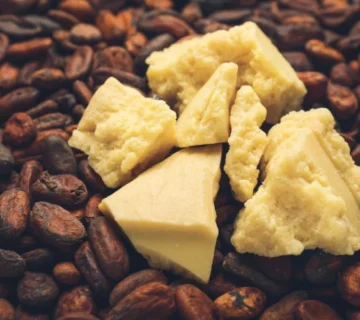
No comment